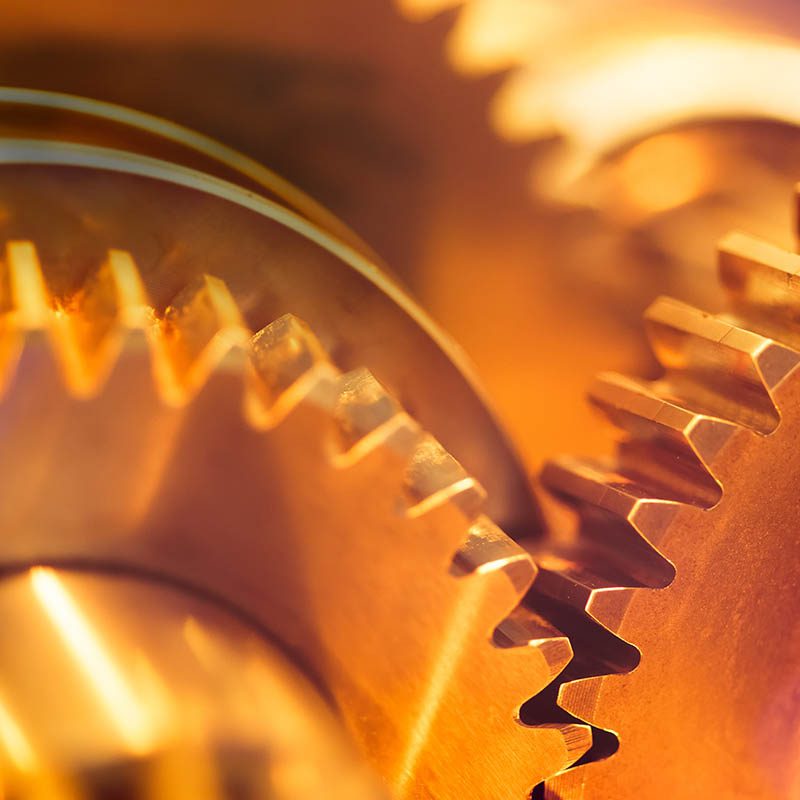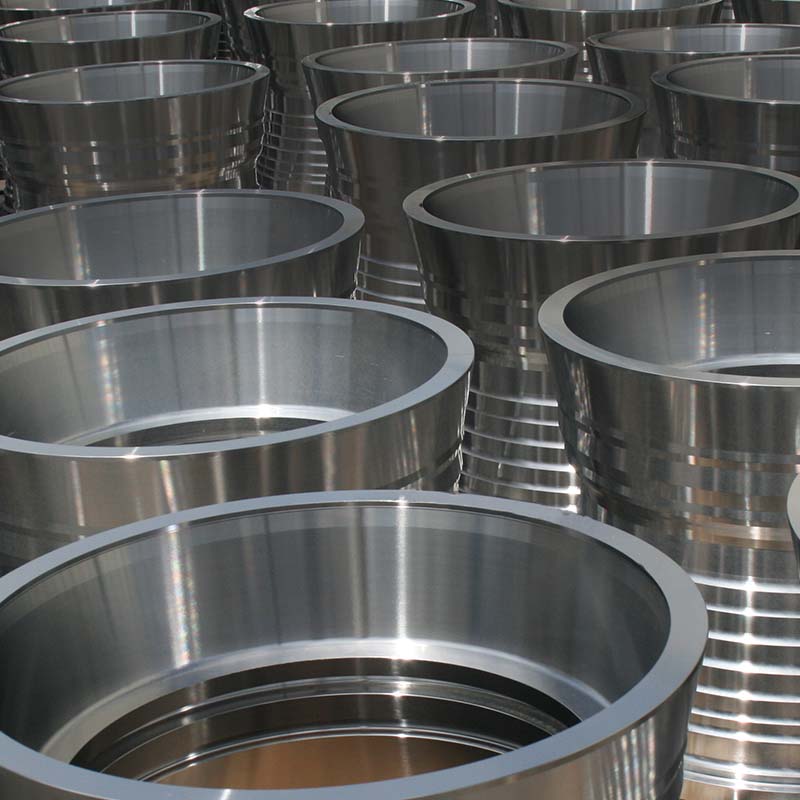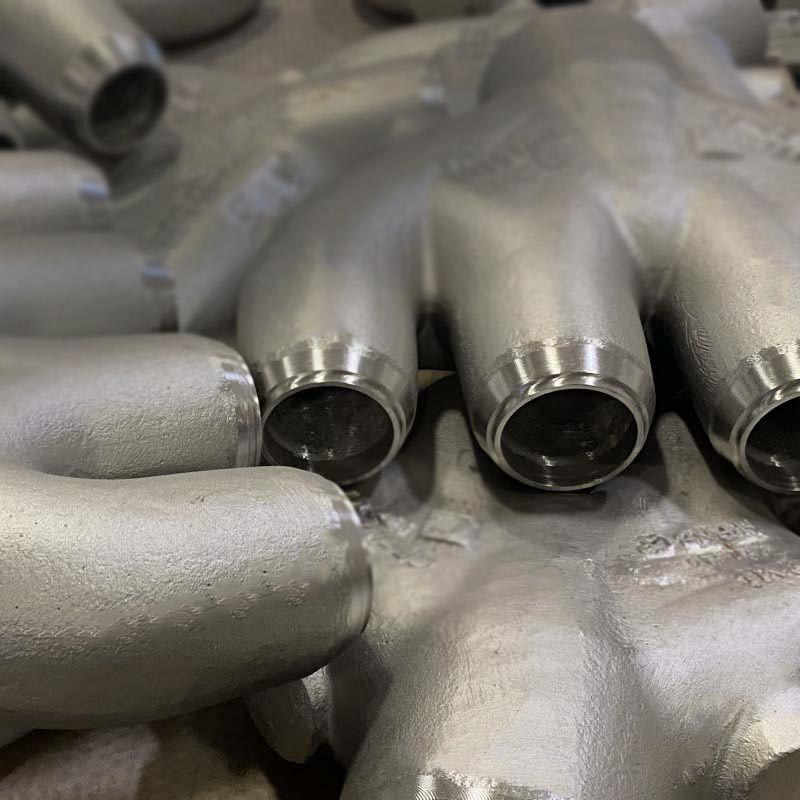Overview
Alloys for general structural use.
Typical Uses
Cylinders, marine propulsion, rolls, shaft sleeves.
MetalTek Grade
WC 6
Similar Specifications
Cast UNS: J24054
Cast Grade: 10B
Cast ASTM: A217
Typical Chemical Composition (% by wt.)
Aluminum: n/a
Carbon: 0.05-0.20
Chromium: 1.00-1.50
Manganese: 0.50-0.80
Iron: BAL
Copper: n/a
Nickel: n/a
Lead: n/a
Tin: n/a
Silicon: 0.6
Zinc: n/a
Other: Mo 0.45-0.65
Minimum Mechanical Properties
Heat Treatment: Normalize And Temper



